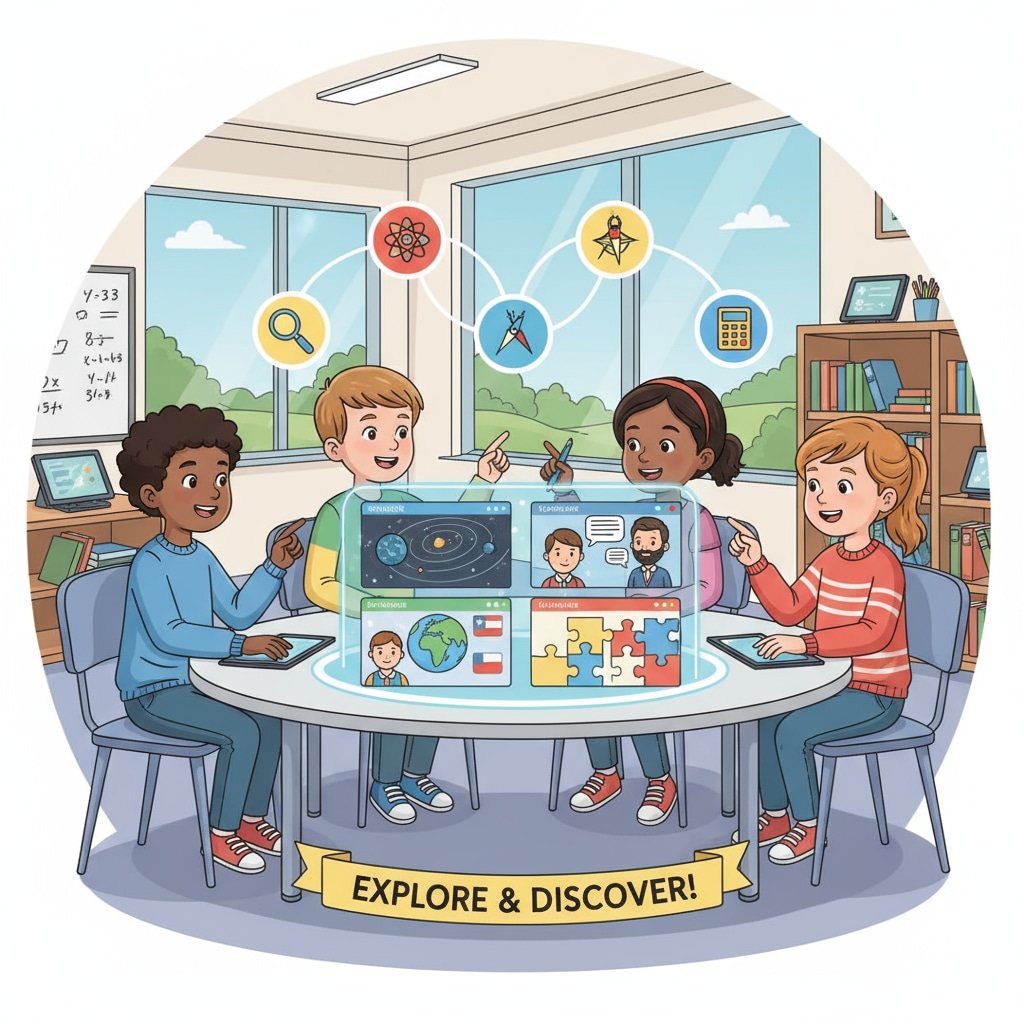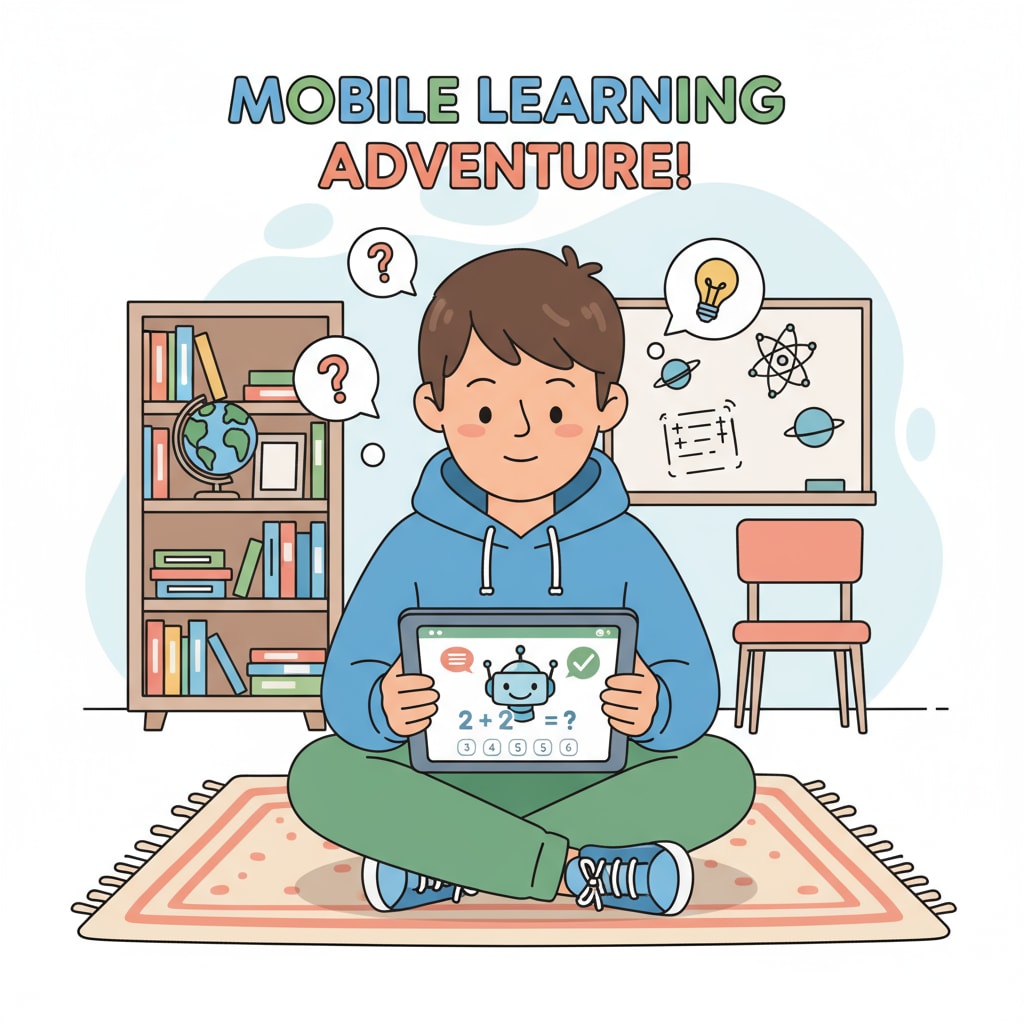In the realm of family education, the availability of academic resources and how they are incorporated into daily arrangements can significantly impact a child’s learning journey. In this digital age filled with an overwhelming amount of information, finding the right academic resources for K12 children is a task that parents often grapple with. Here are five essential academic resources and their application methods that can be game-changers.
Online Educational Platforms: A World of Knowledge at Your Fingertips
Online educational platforms have revolutionized learning. Websites like Khan Academy offer a vast array of courses covering various subjects from math to history. These platforms provide video lessons, practice exercises, and even personalized learning plans. Parents can schedule dedicated time each day for their children to explore relevant courses. For example, if a child is struggling with algebra, they can spend an hour on Khan Academy’s algebra section, watching tutorials and solving problems. This regular use helps integrate the resource into the daily learning routine.

Educational Apps: Learning on the Go
Educational apps are convenient tools for learning. Apps such as Duolingo for language learning or Prodigy for math make learning fun. They can be used during short breaks, like while waiting in line or on a commute. Parents can encourage their kids to use these apps daily. For instance, setting a goal of practicing a new language on Duolingo for 15 minutes every morning. This way, educational apps become an accessible part of the daily learning schedule.

Library resources are often underestimated. Local libraries are stocked with books, magazines, and even digital resources. Parents can take their children to the library regularly, perhaps once a week. During these visits, kids can borrow books related to their school curriculum or topics of interest. Additionally, libraries often offer educational programs and workshops. Signing children up for these events not only exposes them to new knowledge but also adds variety to their learning experience.
Educational Videos: Engaging Visual Learning
Educational videos on platforms like YouTube can be highly effective. Channels such as TED-Ed offer animated and engaging lessons. Parents can incorporate watching these videos into the weekly schedule. For example, setting aside an hour on weekends to watch educational videos as a family. Discussing the content afterward helps reinforce learning and encourages critical thinking.
Peer study groups can be a great academic resource. Parents can organize study groups with children of similar ages. These groups can meet regularly, say once a week, at a local community center or at home. During these sessions, kids can work on homework together, discuss difficult concepts, and learn from each other. This collaborative learning environment enhances their understanding and social skills.
Readability guidance: By incorporating these academic resources into daily and weekly routines, parents can provide a well-rounded learning experience for their K12 children. Each resource has its unique benefits, and when used in combination, they can significantly enhance a child’s learning capabilities. Remember, consistency in using these resources is key to seeing real results in family education.


